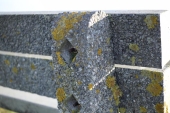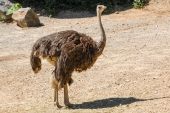I live in the coast range in nw Oregon my land is kinda like yours, south facing slope covered in fir trees. They logged it about 25 years ago so the trees are still relatively small and easy to cut and process. I also do not have the resources that would have allowed for a "getting it all done at once" which is not really how it works anyway. I also desire to grow a food forest for a lot of the same reasons as you. I started close to my house first cutting enough trees on the slope behind my house to plant a large garden. Over the past 10 years I've developed a system that basically goes like this.... cut down fir trees, leave the stumps sticking up a couple ft if I want to remove them in a few years when the roots rot enough to make it reasonable to get them out without machinery, or cut off at ground level if I just want to leave it to rot in the ground and not look at a stump for a few years, I use the logs to heat my house or for any building projects I have and to make terraces and return all the limbs and brush to the soil via either wood chips or just laying it all in a somewhat neat pile on contour and covering with a few inches of dirt from slightly upslope creating a flatter area, plant an annual garden around all the fresh stumps, plant fruit and nut trees, berry bushes etc widely spaced amongst the stumps, as the newly planted trees and bushes grow the annual garden area shrinks and gets replaced with more perennials and self seeding annuals, repeat. Each year I probably cut 20- 30 trees pushing the edge of the existing forest back and expanding the cultivated area a little at a time. One really nice surprise about doing it this way has been the wild flowers, everywhere the trees get cut within the first year foxglove, daisys, self heal and other native flowers move in. Doing it a little at a time and planting a garden right away helps to minimize erosion and the ugliness of a clear cut, gets me food right away and keeps me from getting in over my head. The sections I started in my first years here have fully transitioned into perennial polycultures needing very minimal upkeep giving me the ability to manage a larger and larger space around my house every year. I also have learned more about the native edible plants of which there are many good ones and encouraged them where it suits me because they require zero care.









